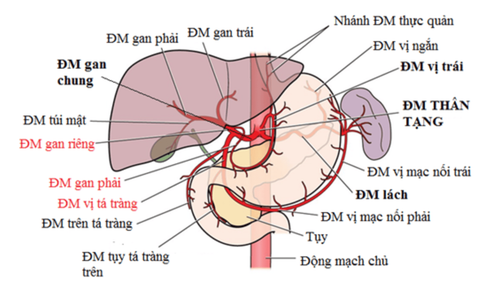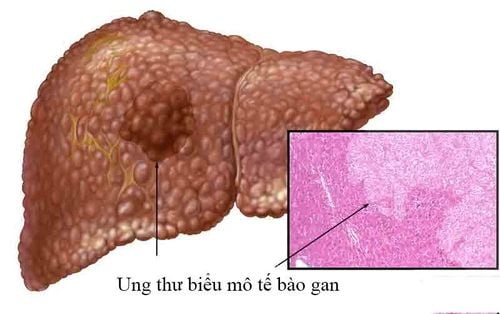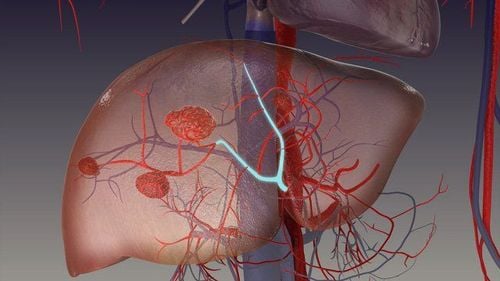This is an automatically translated article.
Organ transplantation in general and liver transplantation in particular is one of the greatest scientific achievements in medicine. Liver transplantation is the best treatment for end-stage liver diseases such as liver cancer, decompensated cirrhosis or liver failure. The world's first liver transplant was performed in the United States in 1963. In Vietnam, the first liver transplant was performed in 2004.
1. Indications for liver transplantation
Cirrhosis (accounting for 70% of liver transplant indications in the United States, of which 60 - 70% of cirrhosis is caused by hepatitis C); Acute liver necrosis (accounting for about 8% of indications for liver transplantation); Hepatocellular carcinoma (accounting for about 7% of liver transplant indications); Cholestatic disorders, metabolic disorders, common in children (3% each); Other cholestasis and non-cholestatic disorders (about 8%); For patients with hepatocellular carcinoma, liver transplantation is indicated when there is 1 tumor < 5 cm or possibly up to 3 tumors < 3 cm and for some types of flattened fibrous cells. For metastatic liver cancer, liver transplantation is indicated for neuroendocrine tumors without extrahepatic growth after resection of the primary tumor.
2. Absolute contraindications of liver transplant surgery
Increased intracranial pressure (> 40 mmHg) or low cerebral perfusion pressure (<60 mmHg) in patients with acute liver necrosis; Severe pulmonary hypertension (> 50 mm Hg); Sepsis; Hepatocellular carcinoma is advanced or has metastasized.
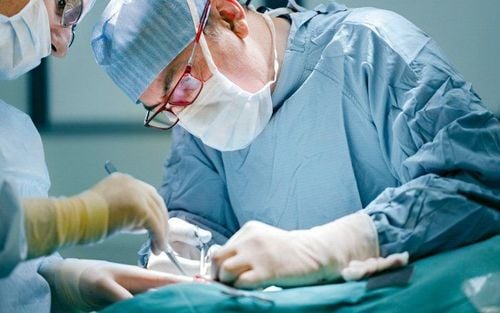
Albumin đóng vai trò quan trọng trong cả 2 giai đoạn của quá trình ghép gan
3. Albumin's role in liver transplantation
Liver transplantation is divided into liver transplantation from a brain dead donor and from a living donor. During surgery, the doctor will remove the patient's entire pathological liver and replace it with a whole liver transplant taken from a brain-dead donor or a liver transplant that must be taken from a living donor.
The liver is the only organ in the human body capable of producing albumin. The liver produces about 10.5g of albumin per day, so the albumin index clearly shows liver function. So what role does albumin play in and how does it work in the treatment of liver transplant patients?
Liver transplantation is divided into 2 main stages, pre-transplant and post-transplant. Especially in the group of patients with pre-transplant decompensated cirrhosis, when complications of cirrhosis appear, the rate of being removed from the waiting list for liver transplantation is very high due to the risk of death. Albumin plays an important role in both phases of liver transplantation.
3.1. Pre-transplant stage
For the pre-transplant period, especially the group of patients with decompensated cirrhosis with complications such as:
Ascites: the occurrence rate is 50% within 10 years from the diagnosis of cirrhosis and the mortality rate mortality is 50% within 2 years; Complications of hepatorenal syndrome had an occurrence rate of 39% and median survival was only 3 months. Complications of idiopathic peritonitis and primary peritonitis mainly occur in hospital patients with mortality rates ranging from 10 to 50%. The combination of albumin and specific treatment measures for each type of complication of cirrhosis helps to improve treatment outcomes for patients. In a prestigious study performed on 120 cirrhotic patients with ascites, all patients were divided into 2 groups: group 1 used diuretics alone and group 2 used diuretics in combination with albumin. with a dose of 12.5g/day showed that the results were: group 2 patients had a good response to diuretics when compared with group 1. For patients with severe ascites, there was an indication for ascites. , if the amount of ascites is over 5 liters, there is a risk of circulatory disorders after the puncture, so according to the European and American guidelines, it is necessary to supplement with albumin at a dose of 8g/1000ml of amniocentesis. The 2018 European Guidelines also do not recommend any plasma substitute other than albumin.
In a multicenter study on the use of albumin in the management of ascites, this was a randomized study of 431 patients with persistent ascites divided into diuretics alone and diuretics. Using a diuretic in combination with albumin for 18 months at a dose of 40g twice a week for the first 2 weeks and 40g the following week, the results showed that the 18-month survival time of the group in combination with albumin was higher than in the diuretic group alone (77% and 66%), and was associated with a 38% reduction in mortality. In addition, the use of combined albumin helps to better control the status of ascites and reduce the rate of interventional ascites as well as the rate of ascites re-establishing.
Studies on the treatment of primary idiopathic peritonitis showed results with the group of patients using antibiotics in combination with albumin at a dose of 1.5g/kg body weight at the time of diagnosis and 1g/kg body weight thereafter. At 2 days, this group had a lower rate of kidney damage and reduced hospital mortality compared with the group of patients using antibiotics alone.
Concomitant use of albumin and terlipressin also increases treatment outcomes and survival in patients with type I hepatorenal syndrome.
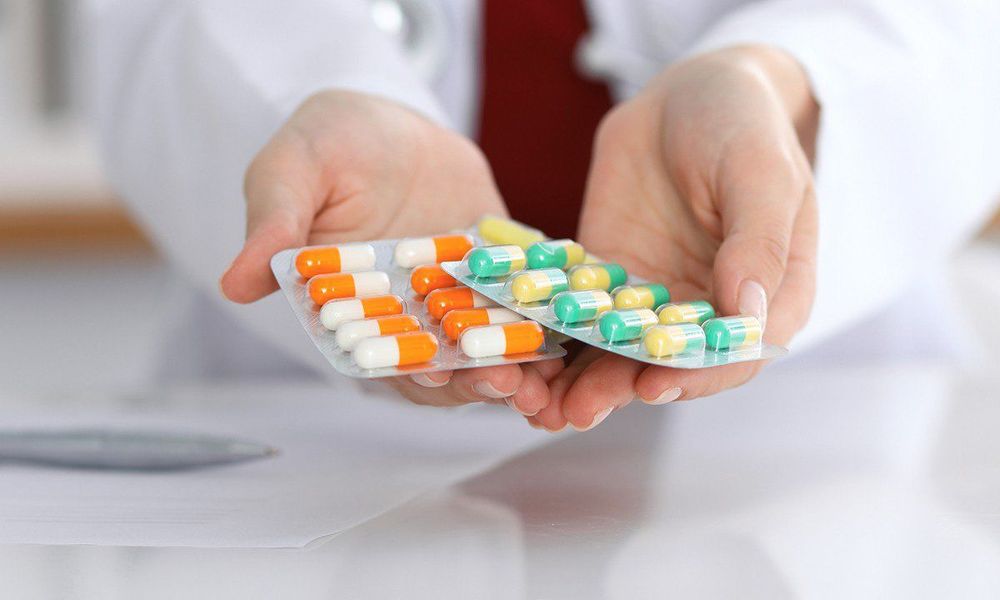
Sử dụng albumin và các biện pháp điều trị đặc hiệu cho từng loại biến chứng của xơ gan giúp nâng cao kết quả điều trị cho bệnh nhân
3.2. Post-transplant stage
Liver transplant is the most complex surgery in the gastroenterology - liver - biliary field, studies have proven that the stress of surgery and the slow recovery of graft function are related to the reduction of postoperative albumin in the group. liver transplant patients. Especially when the albumin concentration drops much above 10g/l on the first day after surgery, it is an early predictor of postoperative complications.
Reputable studies have also shown that postoperative albumin concentrations above 30g/l reduce hemodynamic-related disorders in patients receiving postoperative livers.
In summary, albumin plays an important role in both pre- and post-liver transplantation, the combination of albumin and specific treatment measures in the complications of cirrhosis helps to improve treatment outcome and control. Albumin concentrations above 30g/l help reduce hemodynamic disturbances and prevent some complications in liver recipients.
Please dial HOTLINE for more information or register for an appointment HERE. Download MyVinmec app to make appointments faster and to manage your bookings easily.




